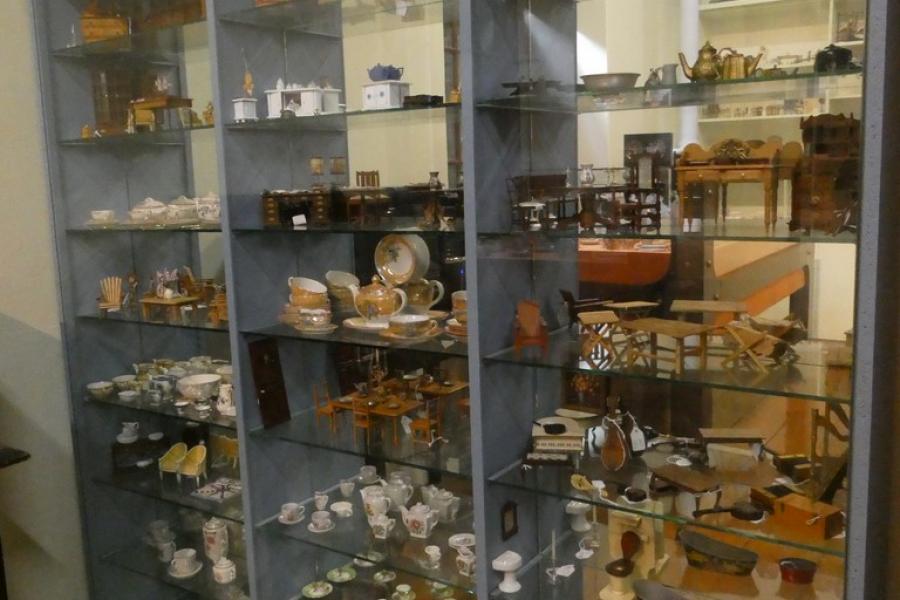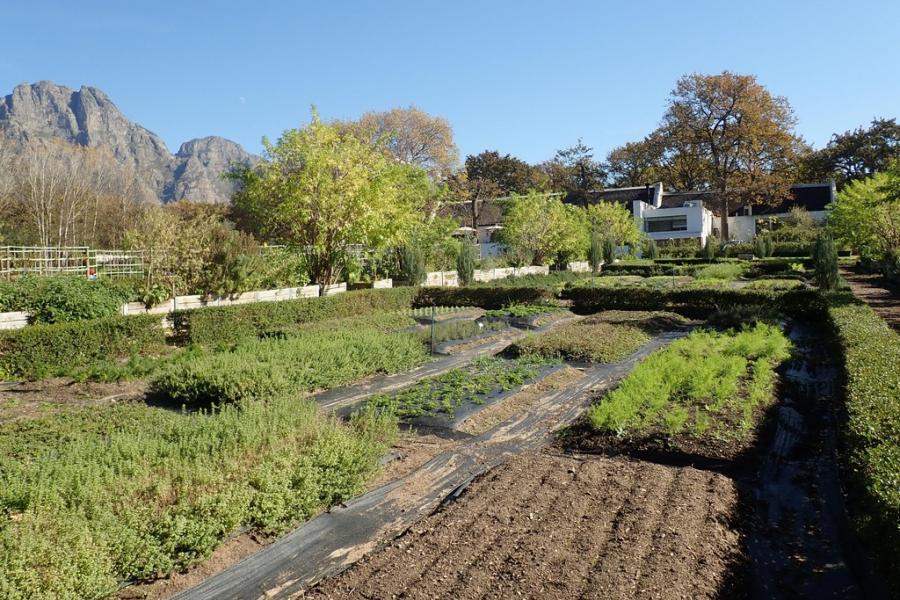Great wine requires...
Country
“Great wine requires a mad man to grow the vine, a wise man to watch over it, a lucid poet to make it, and a lover to drink it” Salvador Dali.
We took the opportunity during a three day patch of cool, sunny and bright winter weather, to ride through South Africa’s famous Boland wine and fruit growing region. This was to prove a good shakedown in readiness for our imminent departure from Cape Town. Learning how to use a new GPS device, a Garmin Zumo, proved a little tricky. I had mapped out a route, but Settings kept getting in the way of a joyful experience!
Our first destination was Stellenbosch. Renowned for its natural beauty, oak-lined avenues, Cape Dutch architecture, and its wine routes; coupled with a good dose of blue skies, fresh air, sunshine and autumn colours, it certainly stirred our “feel good endorphins”. Zumo Settings quickly became a distant memory! We explored the township on foot, discovering everything from Zebra pate – arah, not happy as Zebra’s are my new favourite animal; very innovative African handicrafts; and the fabulous Toy and Miniature Museum. The Museum even housed a huge model train circuit, where for a 5 Rand coin (50c Aussie money), you kick start a series of trains that choof their way around the Boland countryside.
In the mid-afternoon dappled sunlight we rode the 37kms from Stellenbosch to Franschhoek over the Helshoogte (or Hell’s Heights) Pass and into the Drakenstein Valley. Dale made comment that the roads have nice sweeping bends with good visibility up ahead, and the surface is well tarred with just the perfect level of camber. I was mesmerised by the late afternoon autumn colours of the trees and grape leaves, the 240m mountain ranges, and the cool fresh wind on my face. He Said, She Said technical assessments!
A large number of people of European heritage in South Africa are descended from Huguenots, an ethno religious group of French protestant refugees. 1688 to 1689 saw a large scale emigration of Huguenots, who settled in the Cape Colony (or Cape of Good Hope).
Many Huguenot settlers were allocated farms in an area later called Franschhoek, Dutch Afrikaans for "French corner". Vineyards were named after the areas in France from where the settlers had come and most of these retain their original Cape Dutch farm houses today. This fertile valley is characterised by rolling vineyards and gardens, and is encircled almost entirely by scenic mountains. The village has retained a certain boho French chic and the Huguenot Chocolate factory was certainly a great little find!
The Franschhoek Motor Museum at L’Ormarins Wine Estate is considered one of the top private car collections in the world. The collection exceeds 220 vehicles, motorcycles, bicycles and memorabilia, with approximately 80 cars on display at any one time. Motorcycles upset the estate horses, so instead of entering via the main entrance, a short distance from the road, we were asked to ride 2km further and enter via the Wine Estate. One benefit of travelling during off season, is the lack of fellow visitors. A vintage tram came and collected us, just us, for a surprise private tour over the estate, before we were unleashed in the Museum.
DALE SAYS
There is an argument that one needs to be educated in a subject to be able to truly appreciate that subject, art for an obvious example. No matter that the idea offends my egalitarian principles, this truth was bought home after visiting the Franschoek Motor Museum. Truly an outstanding collection of some of the most beautiful and rare pieces of engineering art.
Even though I am a bit of a motor-head, and of course love Ferraris, it wasn’t until doing a little research did I realise that the “nice” Ferrari formally owned by Mick Fleetwood, was an extremely rare (1 of 60) 1966 Ferrari 275 GTB Alloy Long Nose. This model is widely considered to be one of the greatest Ferraris produced of the 1960s, with the body designed by Pininfarina and built by Scaglietti. At this time, coachbuilder Scaglietti still employed artisans who constructed each body by hand, essentially making every car unique. The most desirable 275 GTBs today are the few that received lightweight, aluminium coachwork. Which makes this post-sale correspondence from the original owner (Mr E. Portman – 18th February 1966) all the more interesting: "… I am so glad you have solved the mystery of the aluminium body, I don't mind that much about it, as long as it is not going to spend its life in the body repair shop. I look forward to collecting the car on Wednesday next and hope that we may see something of you. Yours ever, Eddie". To which the Ferrari concessionaire replied: "I am so sorry about the body of the GTB being aluminium but when you can spare the car, I can certainly make some arrangements for the inside of the wings in the most vulnerable places to be reinforced to make them less vulnerable to denting. Every good wish, Yours ever."
Current value estimates are:
Alloy body - £4,700,000
Steel body - £1,800,000
It’s a good thing Eddie didn’t complain long enough for them to swap it for a steel version…
BACK TO CHRIS
South Africa has some of the oldest and most beautiful mountain passes in the world. Our Zumo route planning will include as many as we can manage. Franschhoek Pass on our return to Cape Town was covered in mist, but that didn’t stop retired motorcyclists getting out of the house for the day and doing the loop we had just taken a couple of days to do. I wonder whether they, like me now, truly appreciate a good sweeping bend and the right amount of camber…

































